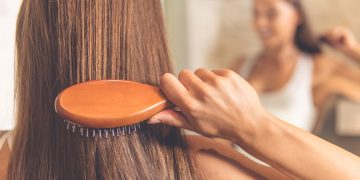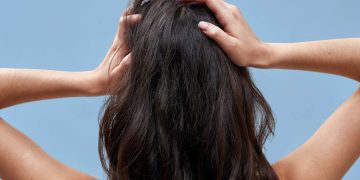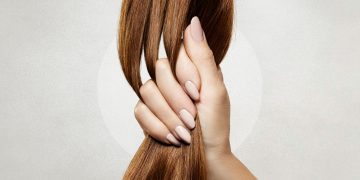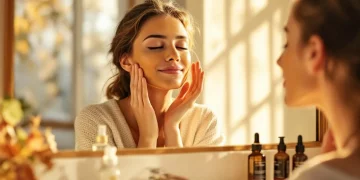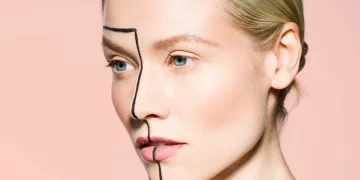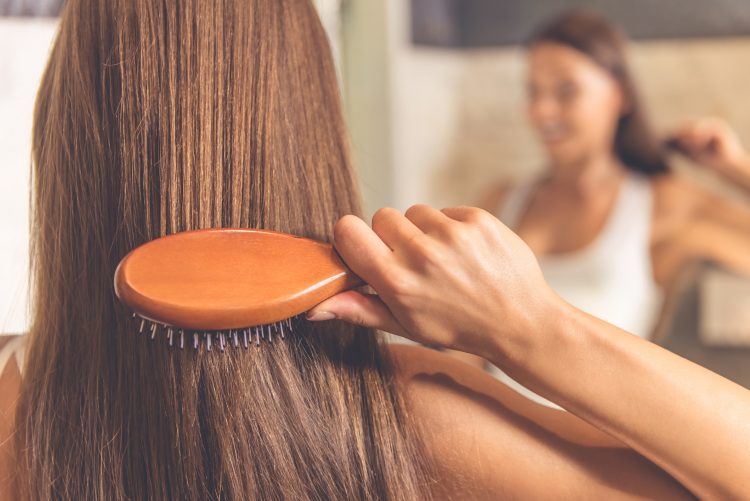A glossy, full-bodied head of hair is often seen as the hallmark of beauty—but few people realize that true hair health starts beneath the surface. The scalp, frequently ignored and often misunderstood, plays an essential role in determining whether your strands thrive or struggle. As interest in trichology (the science of hair and scalp) grows, more individuals are realizing that scalp care is not just a trend—it’s the missing foundation of beautiful hair.
In this comprehensive exploration, we look into the scalp microbiome, the importance of exfoliation, modern detox solutions, and how nurturing the skin on your head may be the key to unlocking your hair’s healthiest state.
Why Is the Scalp So Important?
The scalp is home to over 100,000 hair follicles, each responsible for producing a single strand of hair. But follicles do not function in isolation—they depend on a balanced environment, proper blood flow, adequate moisture, and nutrient delivery.
When your scalp is inflamed, congested, or microbiologically imbalanced, hair growth weakens. Symptoms such as thinning, dullness, breakage, excess oil, flaking, and itching often trace back to scalp conditions, not the hair itself.
Healthy hair is, quite literally, grown—not applied. And it begins with the state of your scalp.
The Scalp Microbiome: The Hidden Ecosystem Behind Strong Hair
Just like the gut and the skin on your face, the scalp has its own microbiome—a diverse community of bacteria, fungi, and microorganisms that protect, regenerate, and balance your scalp environment.
What Happens When the Microbiome Falls Out of Balance?
An imbalanced scalp microbiome can lead to:
- Increased oil production
- Dandruff and seborrheic dermatitis
- Follicle inflammation
- Fungal overgrowth
- Hair thinning
- Sensitivity or itching
Malassezia, a yeast naturally present on the scalp, can become problematic when the microbiome is disrupted. Likewise, over-cleansing, harsh shampoos, excessive heat, and pollution can strip the scalp and disturb its natural protection.
How to Support a Healthy Scalp Microbiome
- Use pH-balanced shampoos
- Avoid overwashing
- Incorporate prebiotic or probiotic scalp products
- Reduce harsh alcohols and sulfates
- Focus on gentle care and barrier repair
A resilient microbiome means reduced inflammation and a more fertile environment for hair growth.
Scalp Exfoliation: Clearing the Path for Healthy Hair Growth
While facial exfoliation is widely embraced, scalp exfoliation is often overlooked. Yet the scalp accumulates:
- Dead skin cells
- Product buildup
- Sweat and sebum
- Environmental pollutants
All of these can clog follicles, slow growth, and make the scalp feel heavy or itchy.
Two Types of Scalp Exfoliation
1. Physical exfoliation
Scrubs using salt, sugar, or microbeads help lift debris—best for very oily or thick scalps.
2. Chemical exfoliation
AHAs (glycolic, lactic) and BHAs (salicylic acid) dissolve buildup and reduce inflammation gently.
Chemical methods tend to be more universally tolerated, especially if you struggle with dandruff or excess oil.
Benefits of Scalp Exfoliation
- Reduces flakes
- Clears follicle blockages
- Improves product absorption
- Boosts blood circulation
- Enhances volume and shine
Regular exfoliation (every 1–2 weeks) can transform hair texture and overall scalp comfort.
Scalp Detox: Trendy Buzzword or Real Necessity?
Scalp detoxing has become a beauty buzzword, but the concept is rooted in science. A “detox” involves removing impurities that cannot be cleared by regular shampoo alone.
Common Scalp Detox Methods
- Clay masks (absorb excess oil and pollutants)
- Charcoal-based cleansers (deep purification)
- Apple cider vinegar rinses (restore pH and reduce buildup)
- Botanical treatments (like tea tree or peppermint, which balance oil and calm inflammation)
Who Benefits Most From Scalp Detoxing?
- People living in urban pollution
- Those who use heavy styling products
- Individuals with oily or flaky scalps
- Gym-goers who sweat frequently
- Anyone experiencing dull, lifeless hair
What Scalp Detox Cannot Do
It cannot “cure” chronic scalp diseases like psoriasis or eczema—these require dermatological care. Detoxing supports, but does not replace, medical treatment.
Signs Your Scalp Needs More Attention
You may not think much about your scalp until symptoms appear. Warning signs include:
- Persistent flaking
- Greasiness within 24 hours of washing
- Visible buildup under nails when scratching
- Chronic itchiness
- Hair breaking near the root
- Slow hair growth
- Tenderness or soreness
If these sound familiar, your scalp is signaling distress.
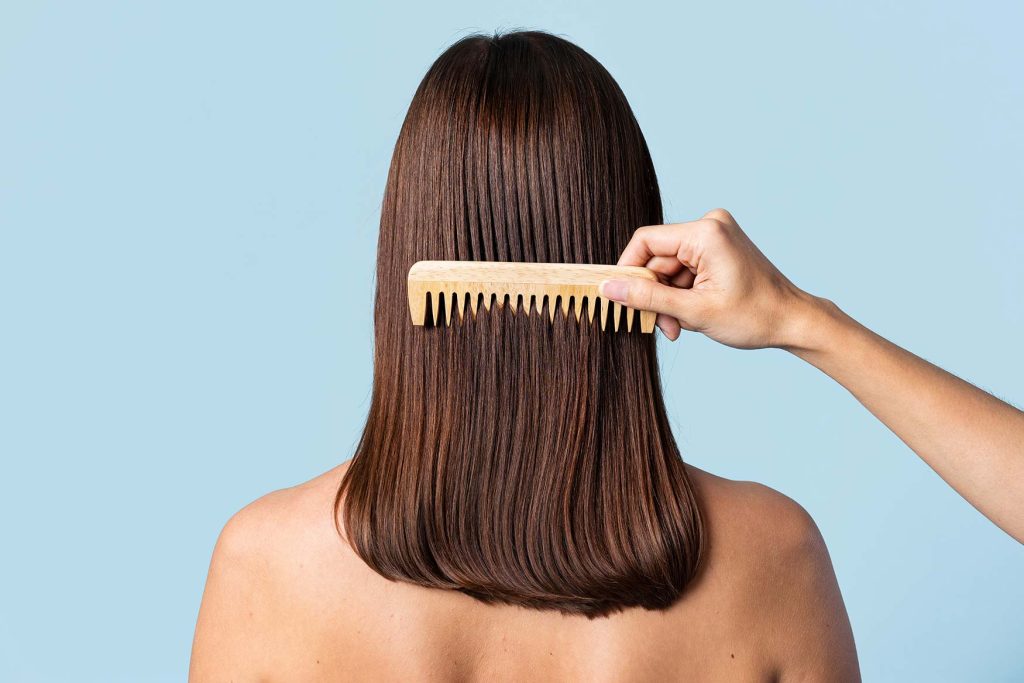
How to Build a Healthy Scalp Care Routine
A balanced routine doesn’t need to be complicated. Consistency and gentle care are the keys.
Step 1: Choose the Right Shampoo
Look for formulations based on your scalp—not your hair length.
- Oily scalps: Salicylic acid, charcoal, rosemary
- Dry scalps: Ceramides, hyaluronic acid, oat extract
- Dandruff-prone scalps: Zinc pyrithione, ketoconazole, selenium sulfide
- Sensitive scalps: Fragrance-free, minimalist formulas
Step 2: Add Weekly Treatments
- Exfoliate weekly
- Use a mask or detox treatment
- Consider scalp serums with peptides, niacinamide, or caffeine
Step 3: Avoid Common Scalp Stressors
- Overwashing
- Extremely hot water
- Constant ponytails (tension alopecia)
- Heavy silicones that build up
- Sleeping on dirty pillowcases
- Using too much dry shampoo
Small changes can dramatically improve your hair’s health over time.
Lifestyle Factors That Influence Scalp Beauty
Your scalp is part of your skin—and it reacts to internal health as much as external products.
Nutrition
Omega-3s, iron, zinc, vitamins A/D/E, and protein support strong follicles.
Stress
Cortisol fluctuations can disrupt the microbiome and trigger shedding.
Hormones
Thyroid disorders, PCOS, and estrogen fluctuations influence oil production and density.
Sleep
Healthy circadian rhythms boost cellular repair of scalp tissues.
The healthier your overall system, the healthier your scalp environment.
Is a Healthy Scalp Truly the Gateway to Beautiful Hair?
Based on modern dermatological research and trichologist consensus, the answer is increasingly clear—yes. A flourishing scalp microbiome, clean and uncongested follicles, proper circulation, and balanced oil production collectively determine how your hair looks, grows, and feels.
Hair products can mask problems temporarily, but without foundational scalp health, even the most expensive haircare regimes fall short. When the scalp thrives, hair naturally follows.













